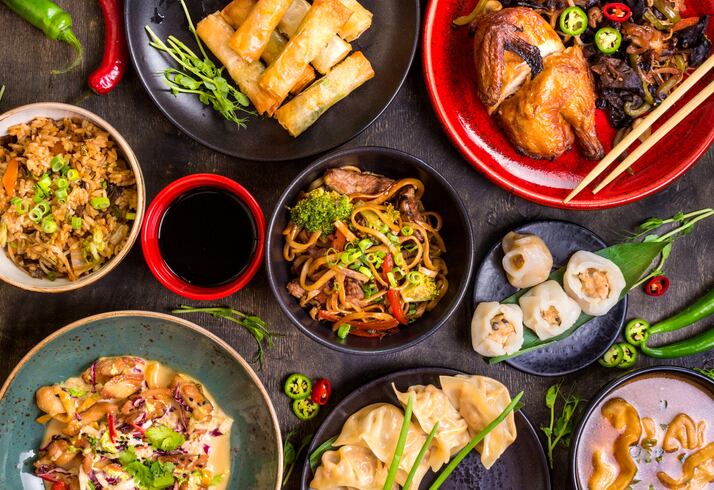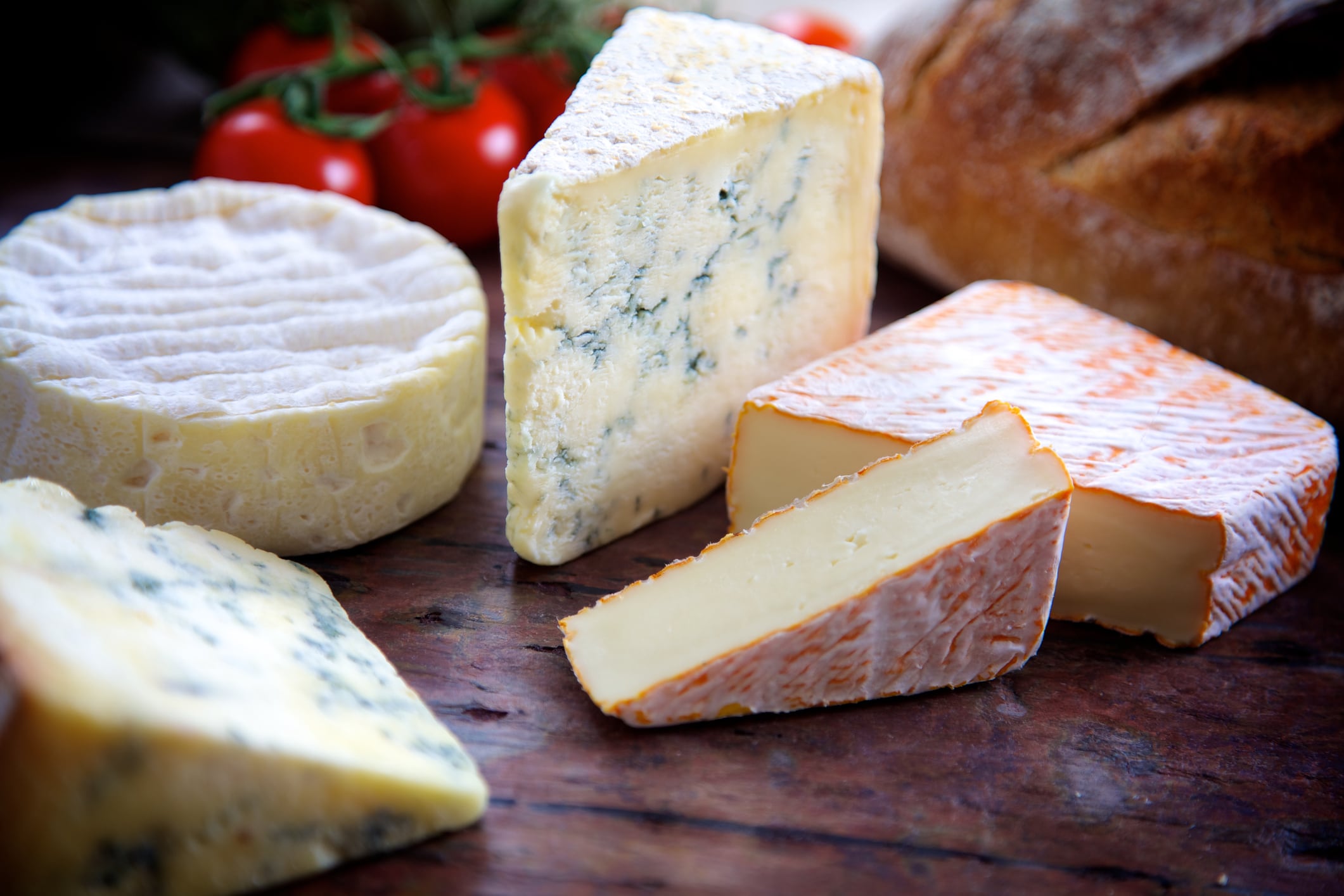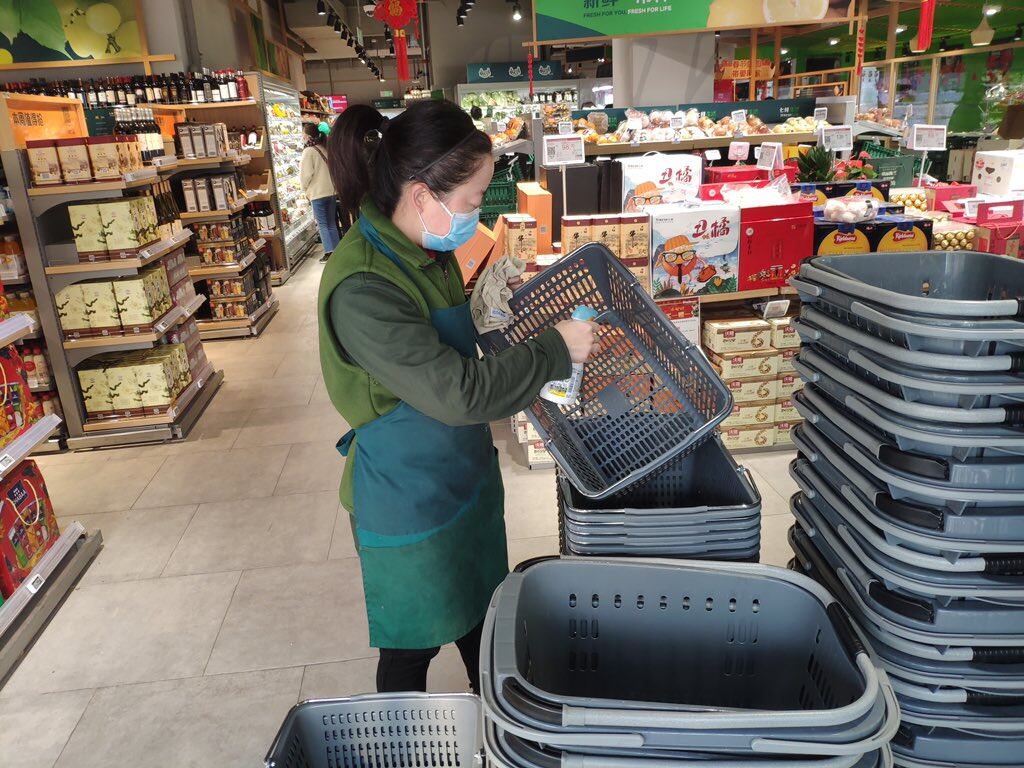The new diet quality divergence index (DQD) suggests that between 2004 and 2011 the Chinese population ate more legumes, nuts and meat and were getting a more balanced diet.
The DQD is used to measure the divergence between real food consumption and the Chinese Food Pagoda 2016 (CFP) guidelines.
The Chinese Food Pagoda 2016 (CFP 2016) is based on dietary requirements for the Chinese population. It shows the daily recommended intakes of eight food categories for general adults: (1) Cereal and potatoes; (2) fruits; (3) vegetables; (4) eggs; (5) aquatic products; (6) meat and poultry; (7) legumes and nuts; (8) milk and milk products.
The study used data involving more than 30,000 people from four waves of the China Health and Nutrition Survey (CHNS) in the years 2004, 2006, 2009 and 2011.
It observed that the dietary divergence from the CFP 2016 generally declined over 2004 to 2011, which implies that the diet quality improved in China during this period.
From 2004 to 2011, among all eight food groups, citizens were consuming more legumes and nuts than in the past.
This was followed by milk and milk products, meat and poultry, fruits, eggs, and aquatic products.
Overall, the Chinese diet was found to transition from staple cereals and vegetables to high protein and quality foods.
DQD varies for different population groups
The findings also revealed that DQD index varied for different subpopulations.
Females tend to have lower DQD than males, as they may have better dietary habits and pay more attention to keep a balanced diet.
Residents who drank and smoked tend to have higher DQD too.
In addition, overweight (p<0.01) and obese (p<0.05) populations have a higher DQD than people of normal weight. This suggests that DQD is a useful indicator to measure the diet quality for Chinese residents and to explain obesity and overweight.
In terms of age, researchers found as participants aged, peoples’ diets improved.
“Young people tend to pursue tasty food and sugared drinks that makes them easily get an unbalanced diet. However, when people get older, they usually pay more attention to healthy and keep a balanced diet in food consumption,” they explained.
Interestingly, those with a higher income tended to have a higher divergence, suggesting that rising prosperity is not automatically linked to a better diet.
Limitations and recommendations
One limitation of the present study was the use of CFP 2016 to measure the diet quality, and the results are only applicable to Chinese adults, excluding groups of infants, children, adolescents, pregnant women, breastfeeding women, and old people.
In addition, many processed foods and snacks which were consumed other than three main meals (breakfast, lunch, and dinner) were also excluded.
One advantage of the DQD is that it is easier to handle than other diet quality measures as it takes the food items into consideration instead of nutrients. That makes it easy to apply and understand for both policy makers and consumers, noted the researchers.
Source: International Journal of Environmental Research and Public Health
https://doi.org/10.3390/ijerph17020507
“Dynamics of Chinese Diet Divergence from Chinese Food Pagoda and Its Association with Adiposity and Influential Factors: 2004–2011”
Authors: Jiajun Zhou, et al.
We will be shining the spotlight on the extensive food, nutrition and beverage opportunities that are being created by the region’s rapidly ageing population, and a growing interest in health and wellness across the board, at our Healthy Ageing APAC Summit in Singapore this July. Find out more here.




